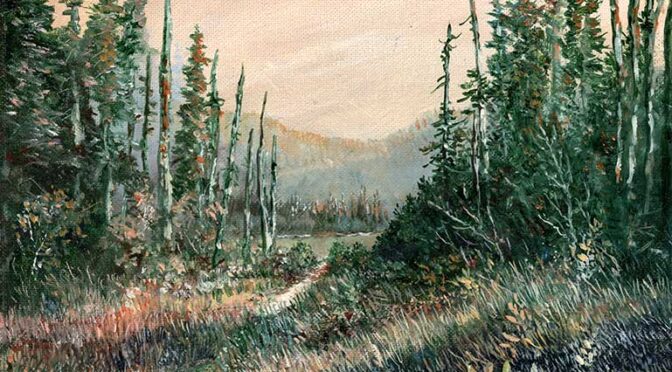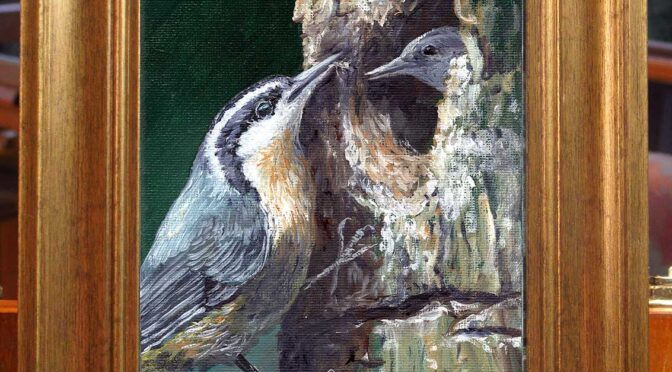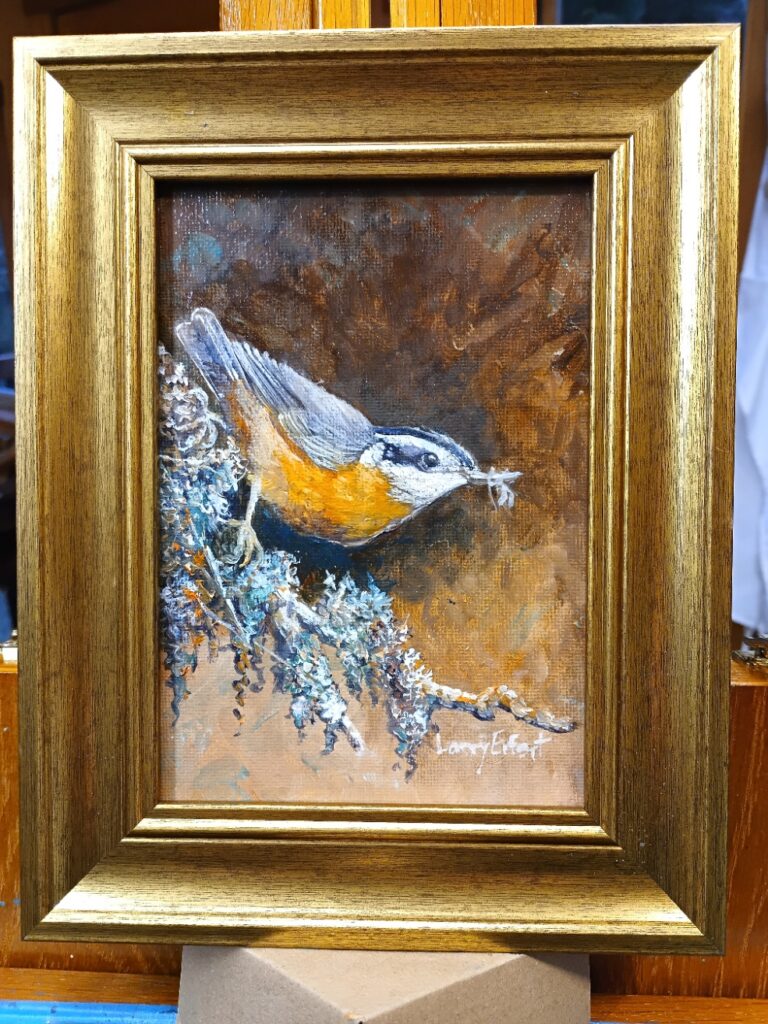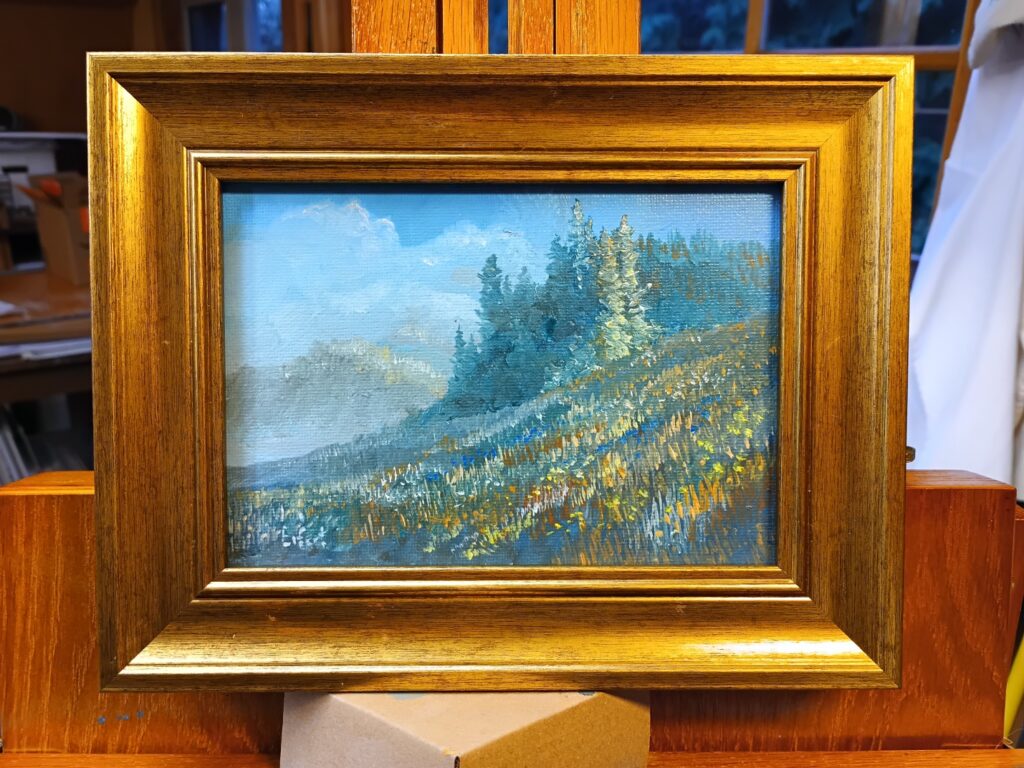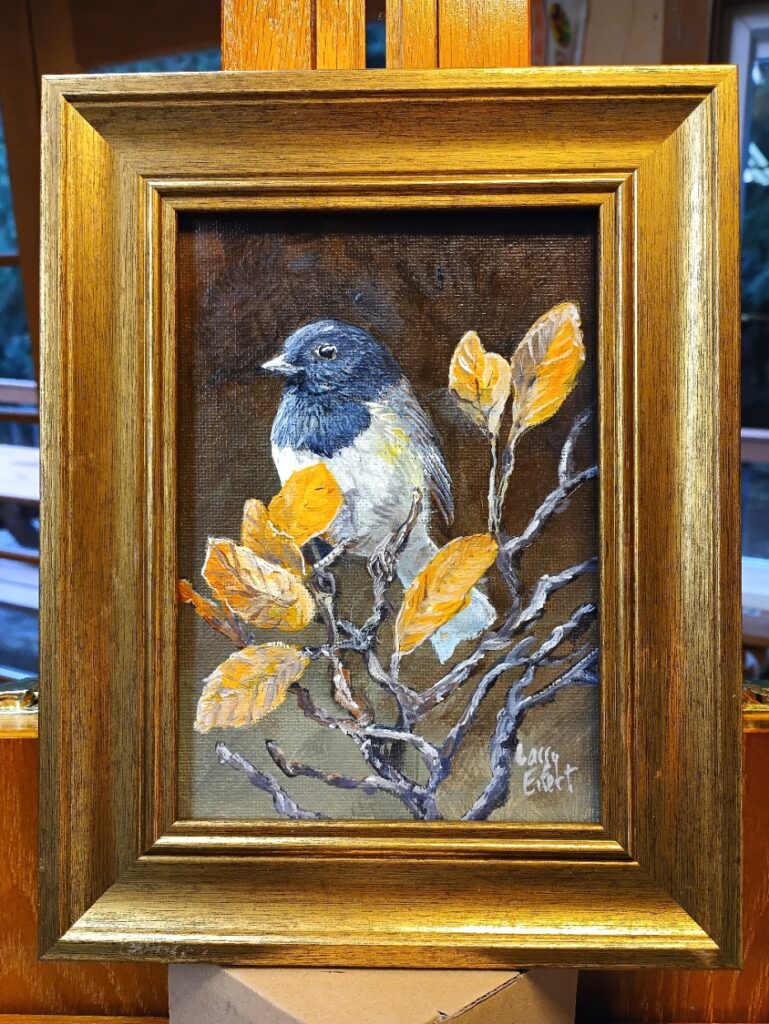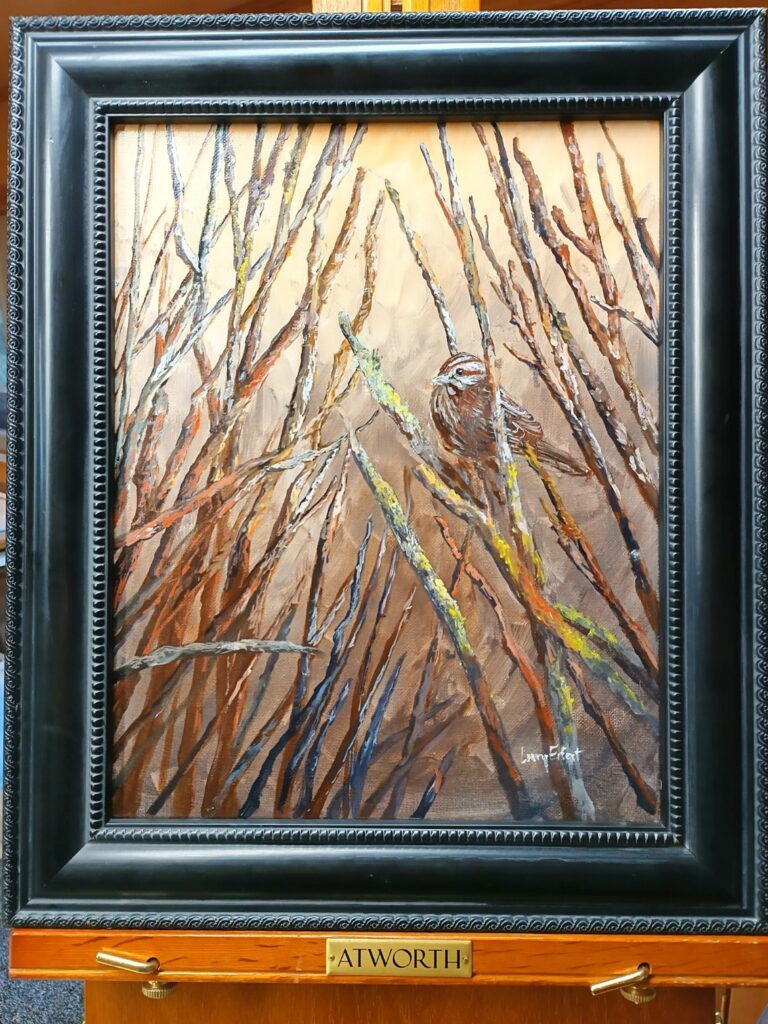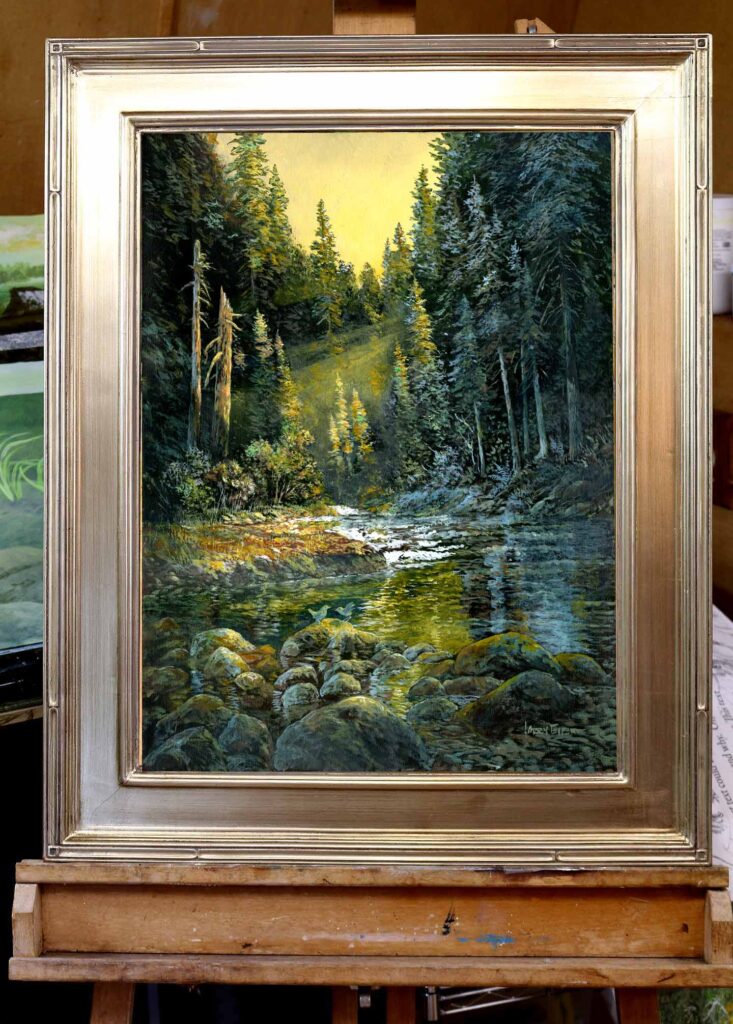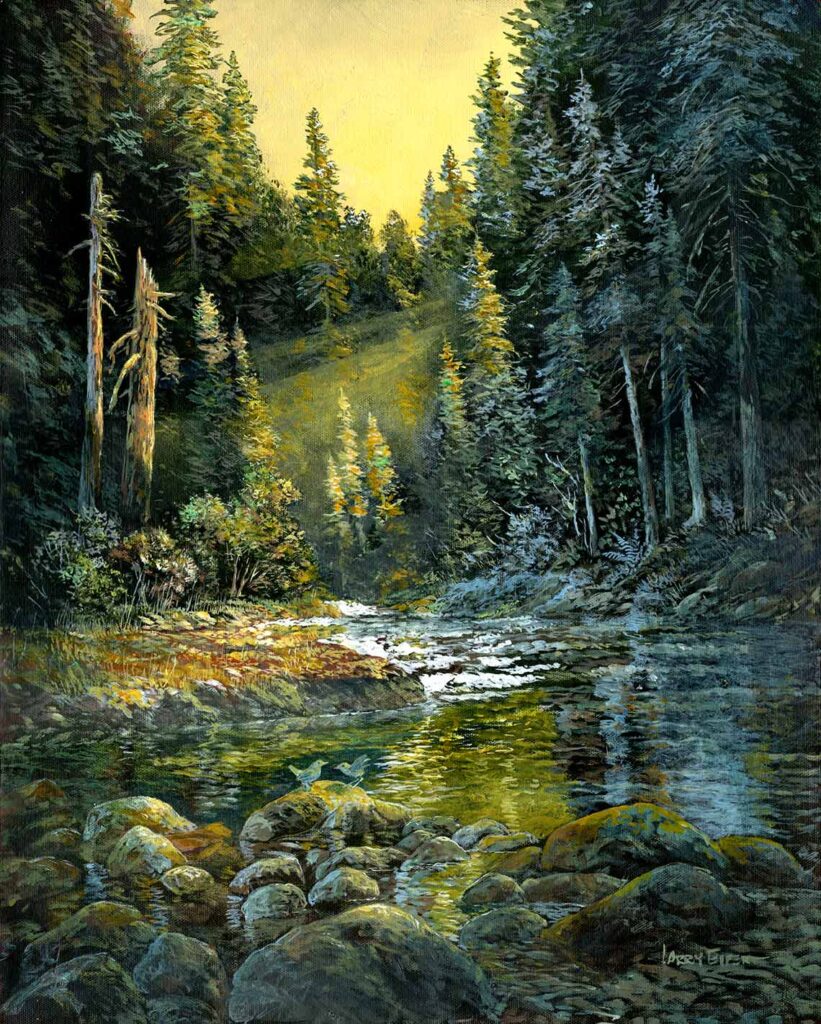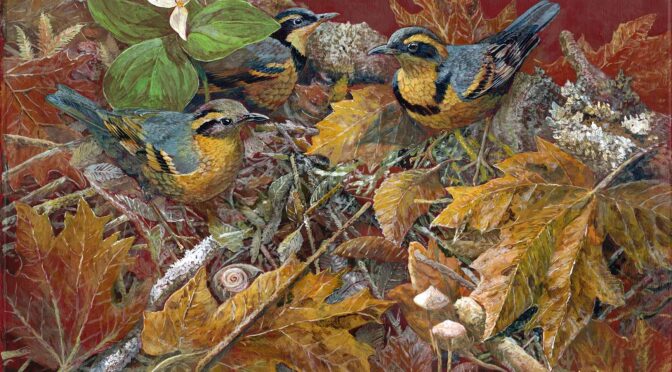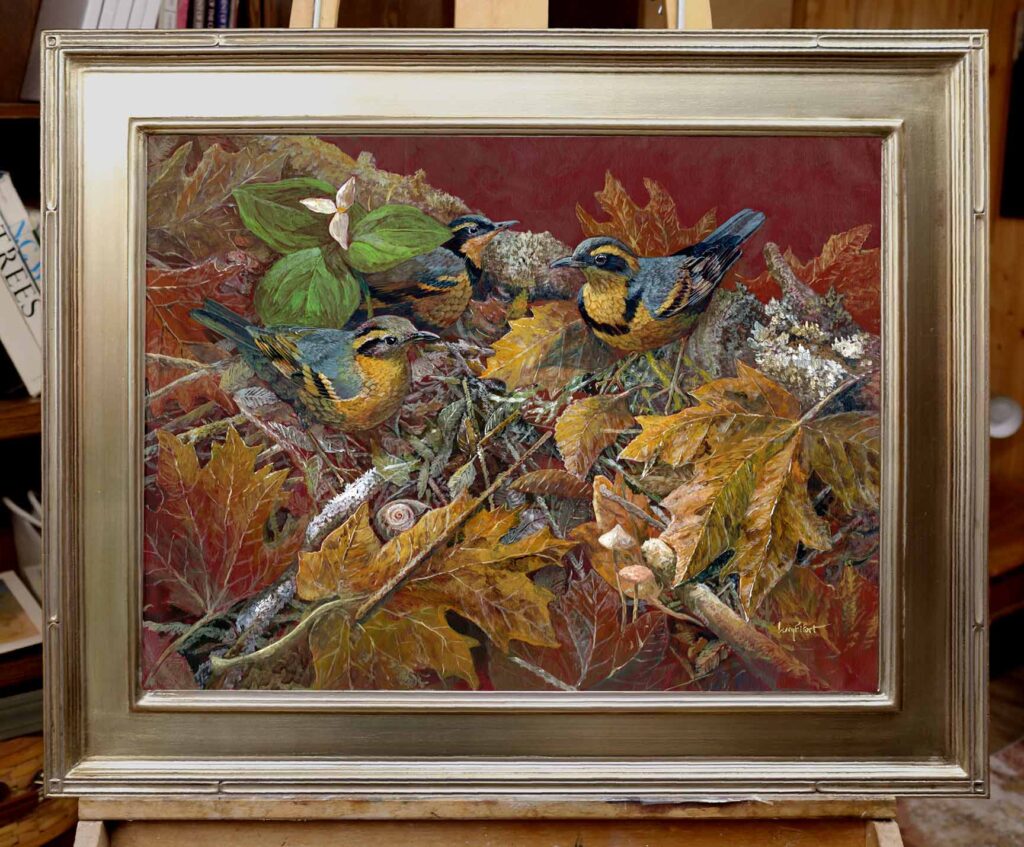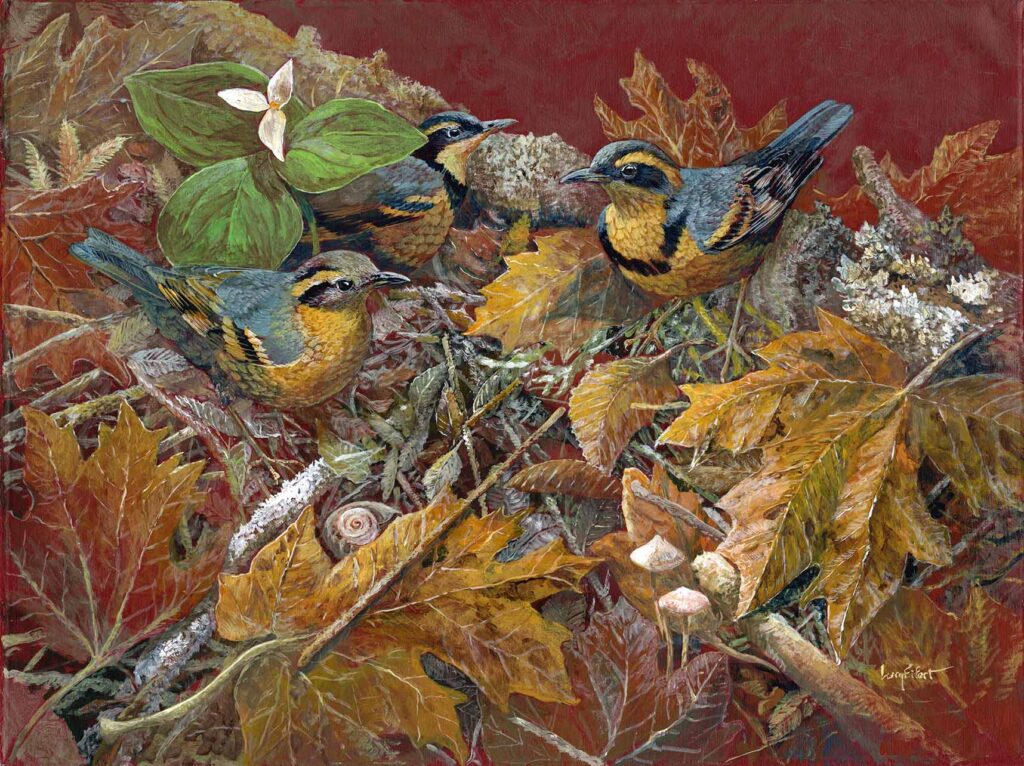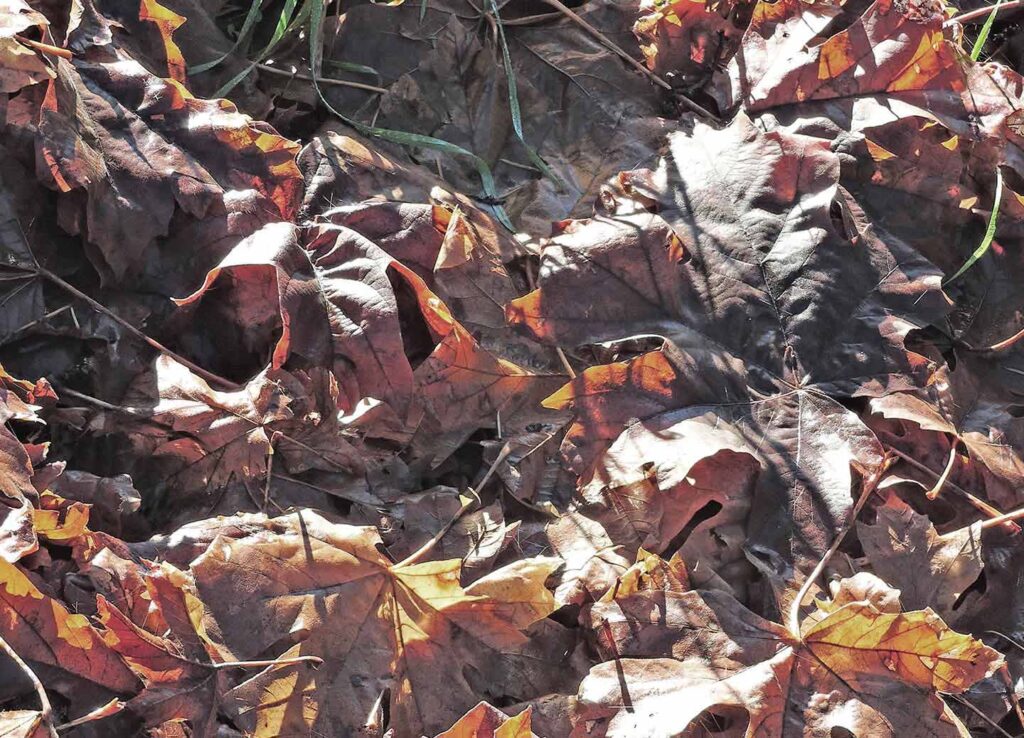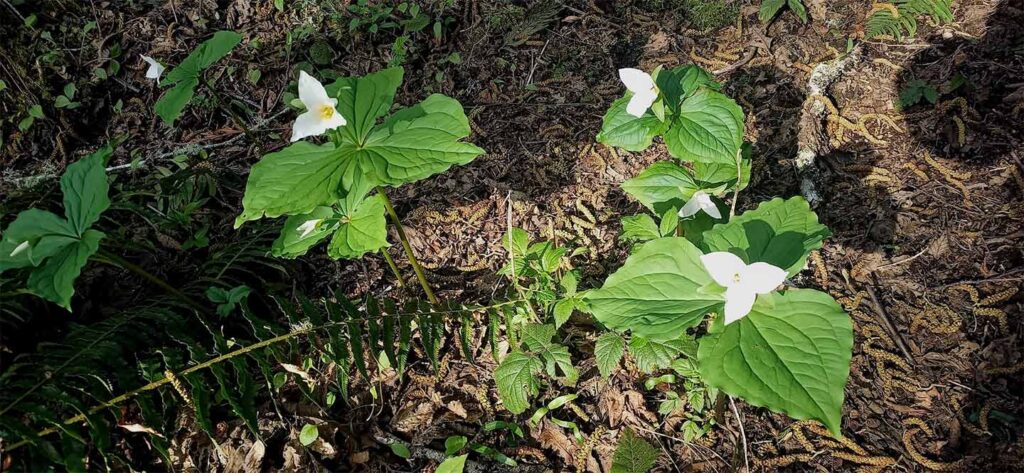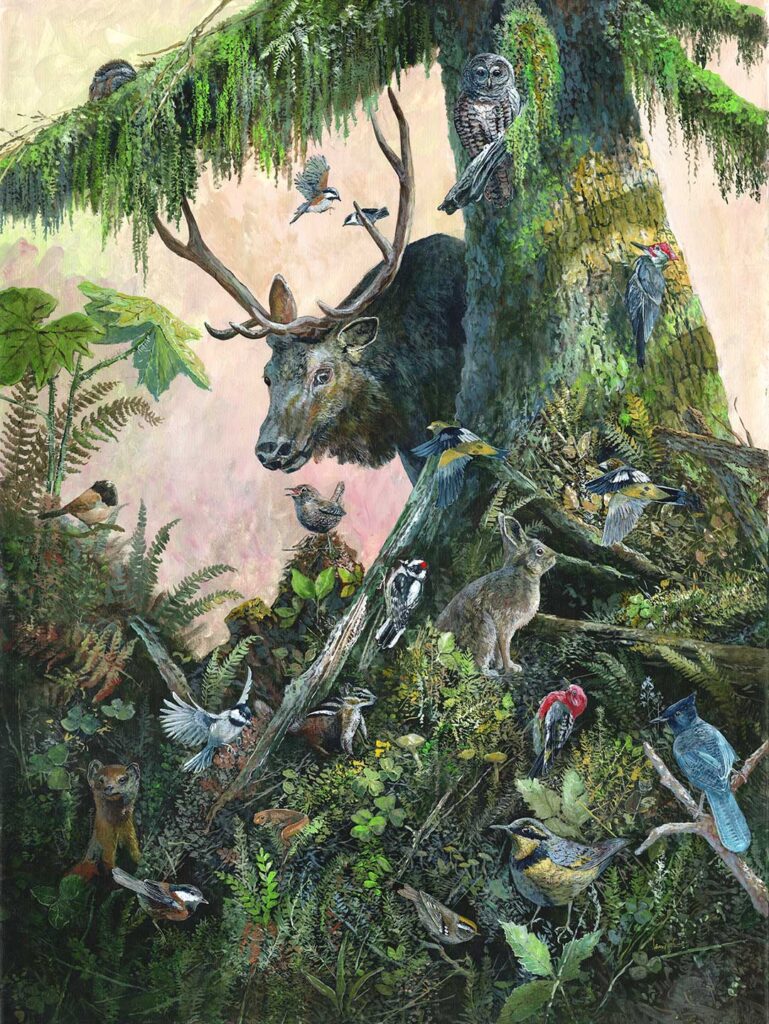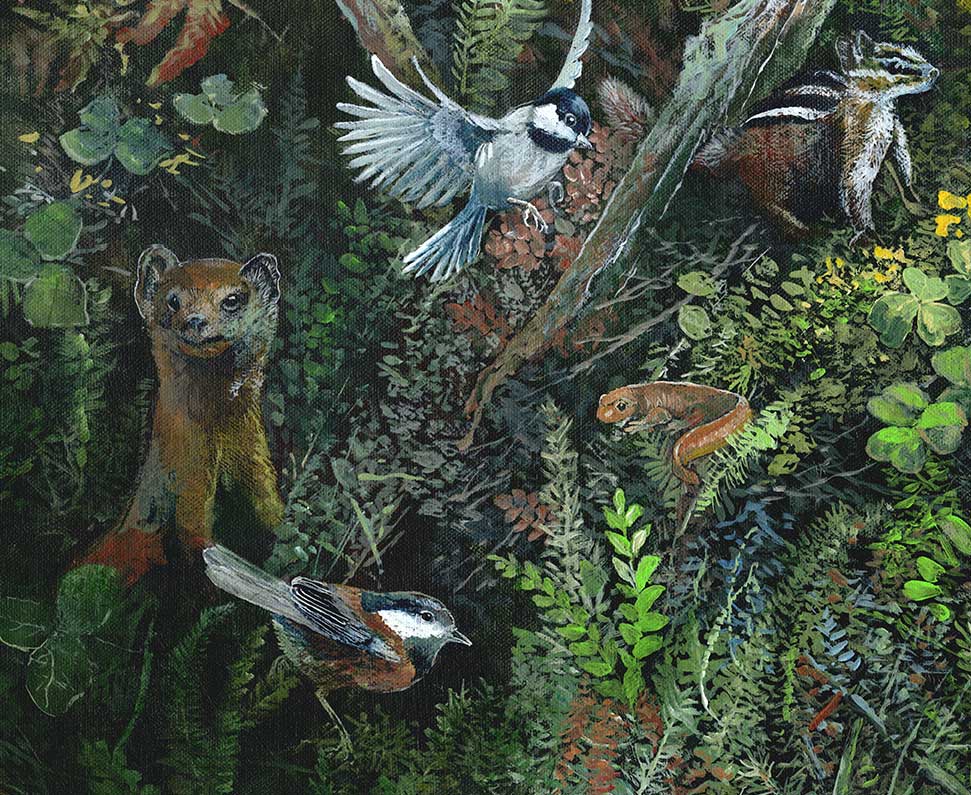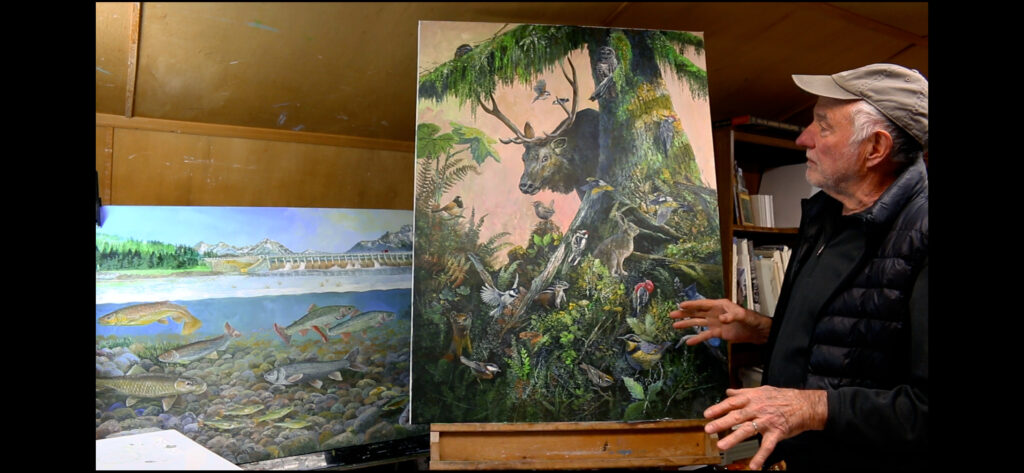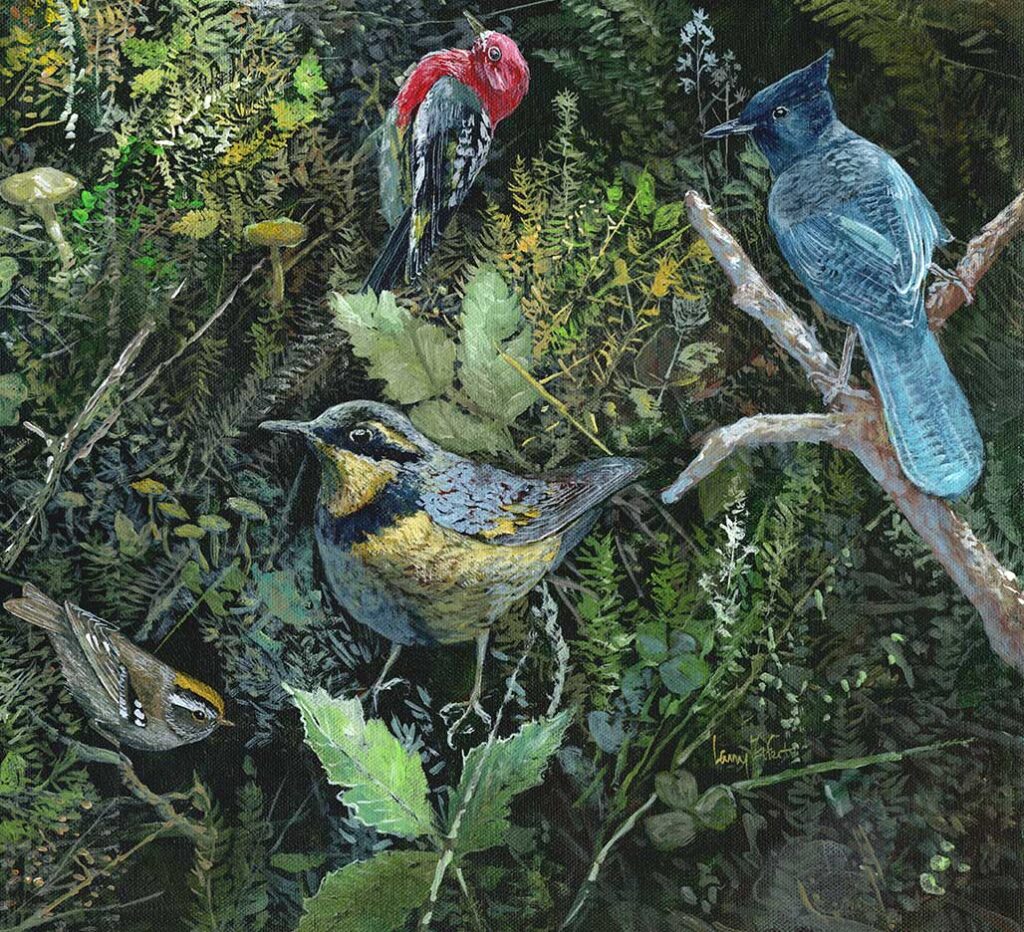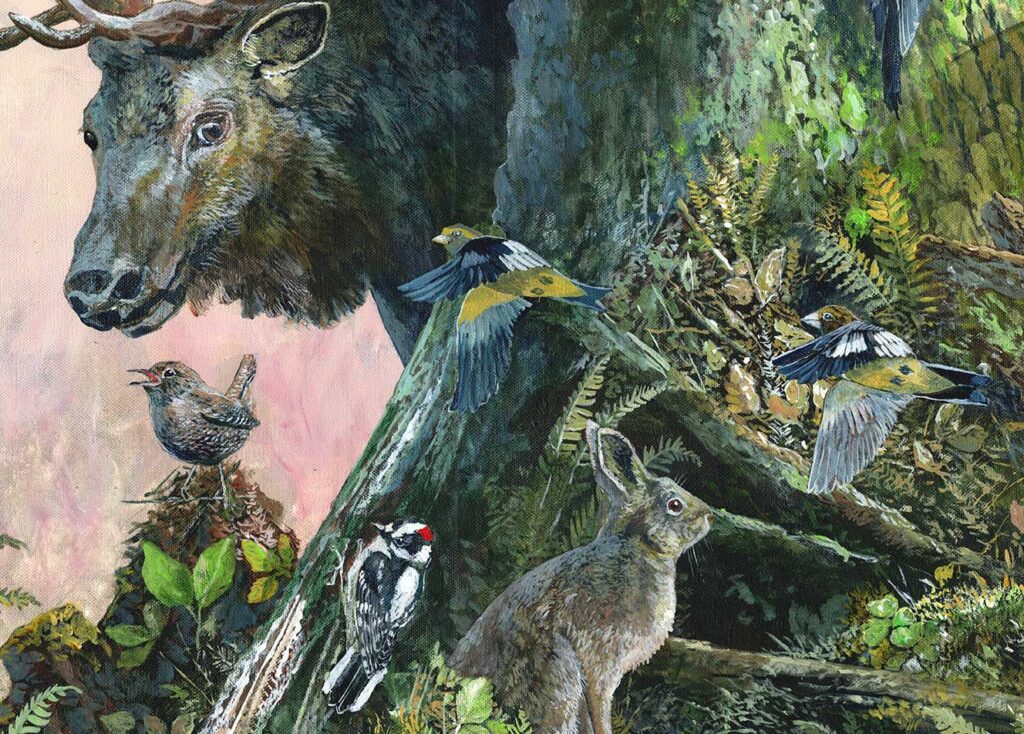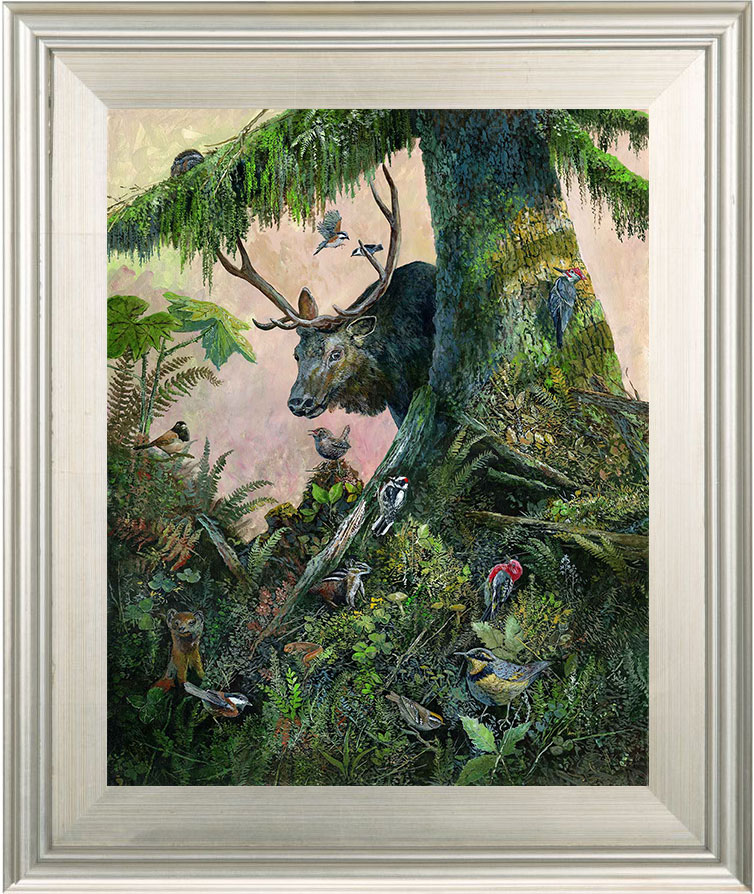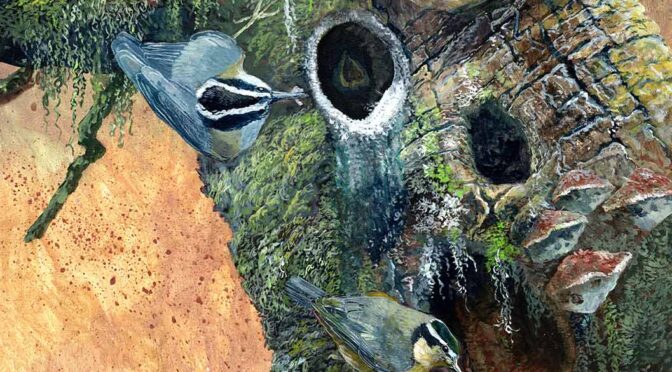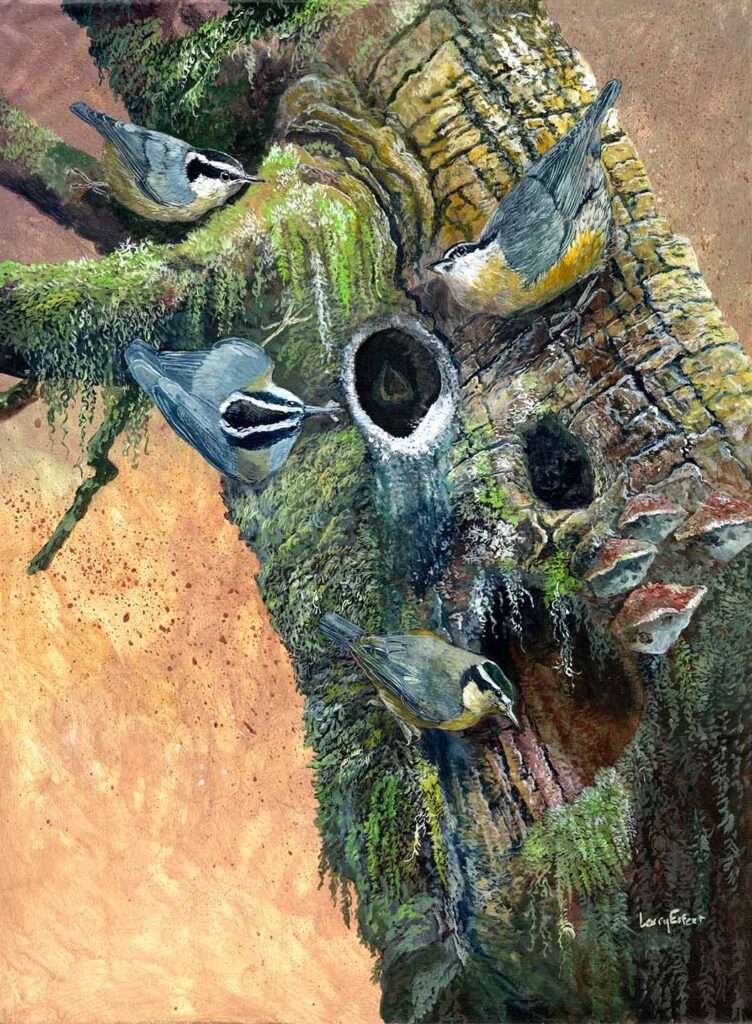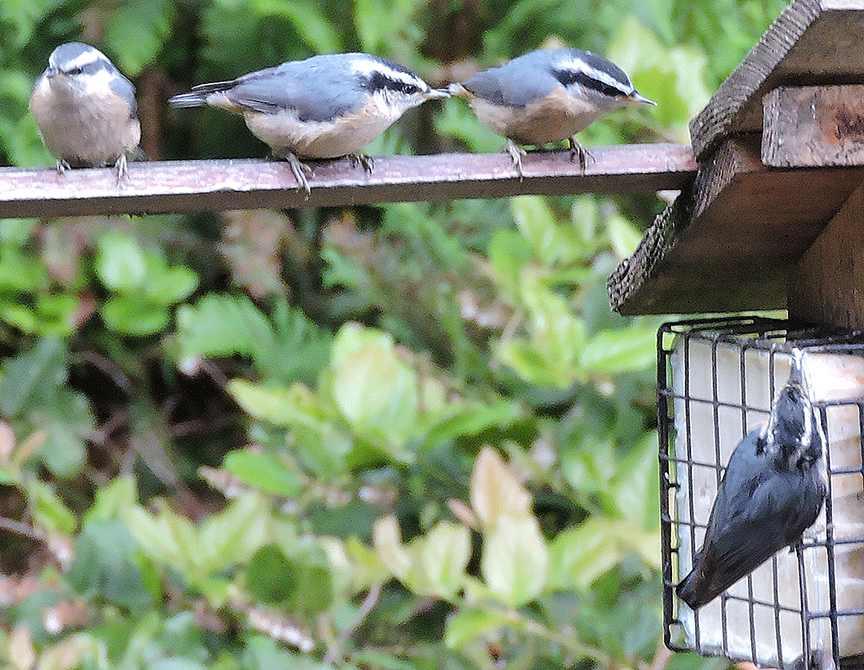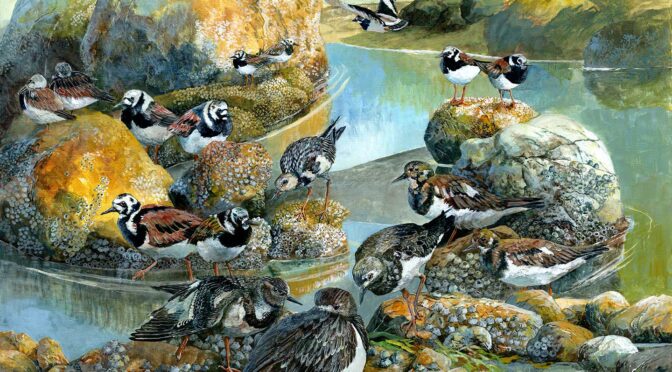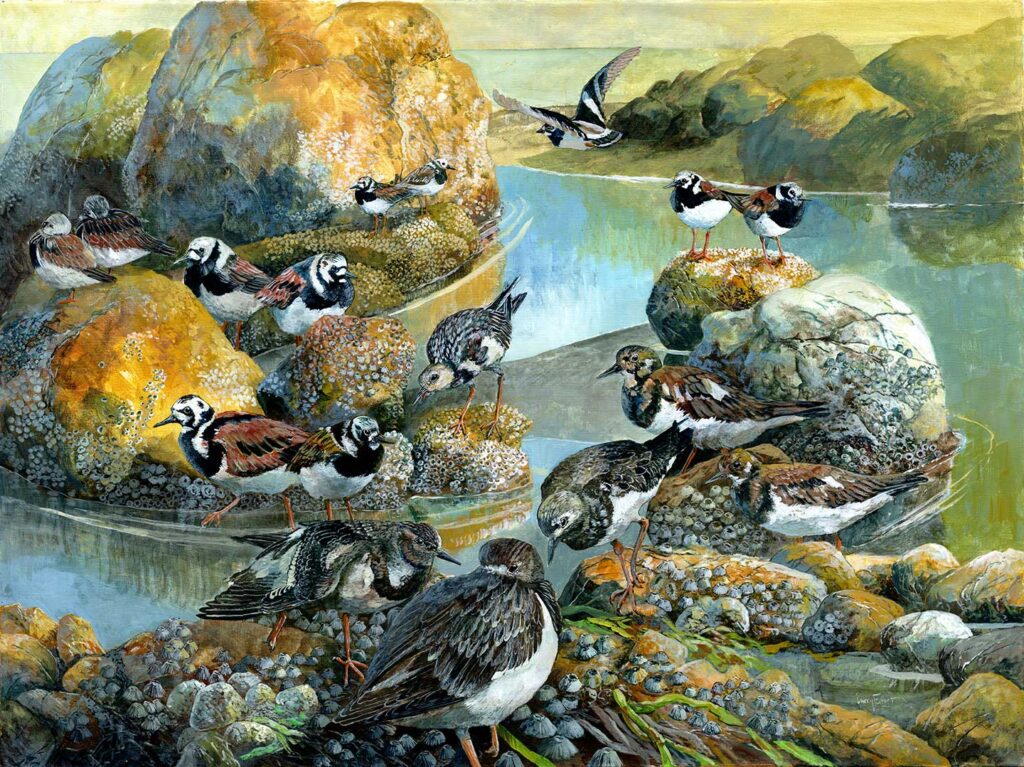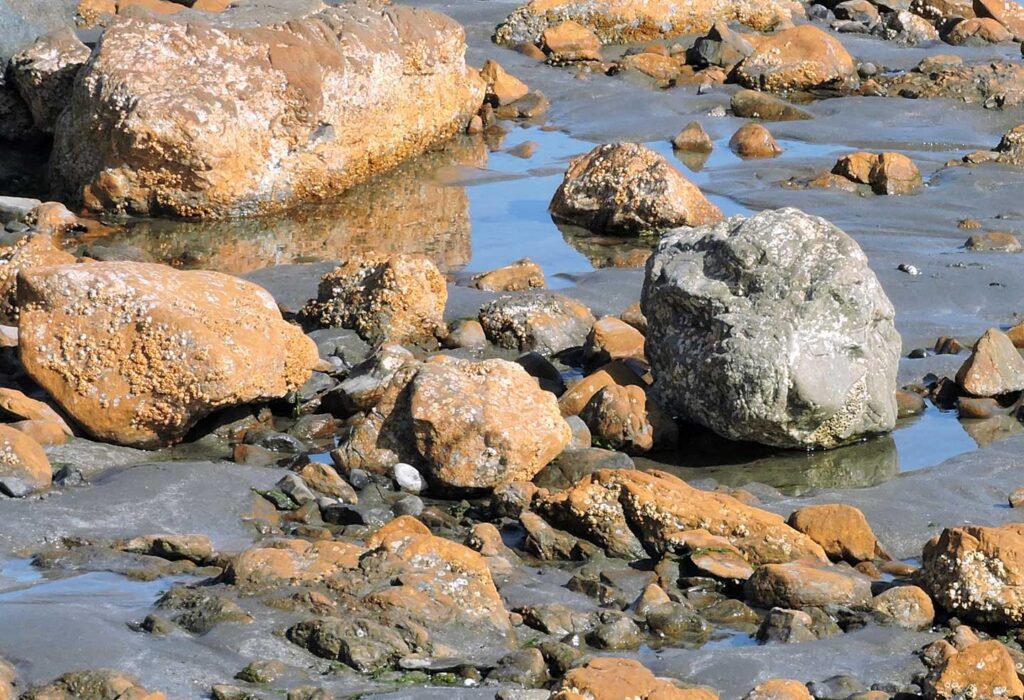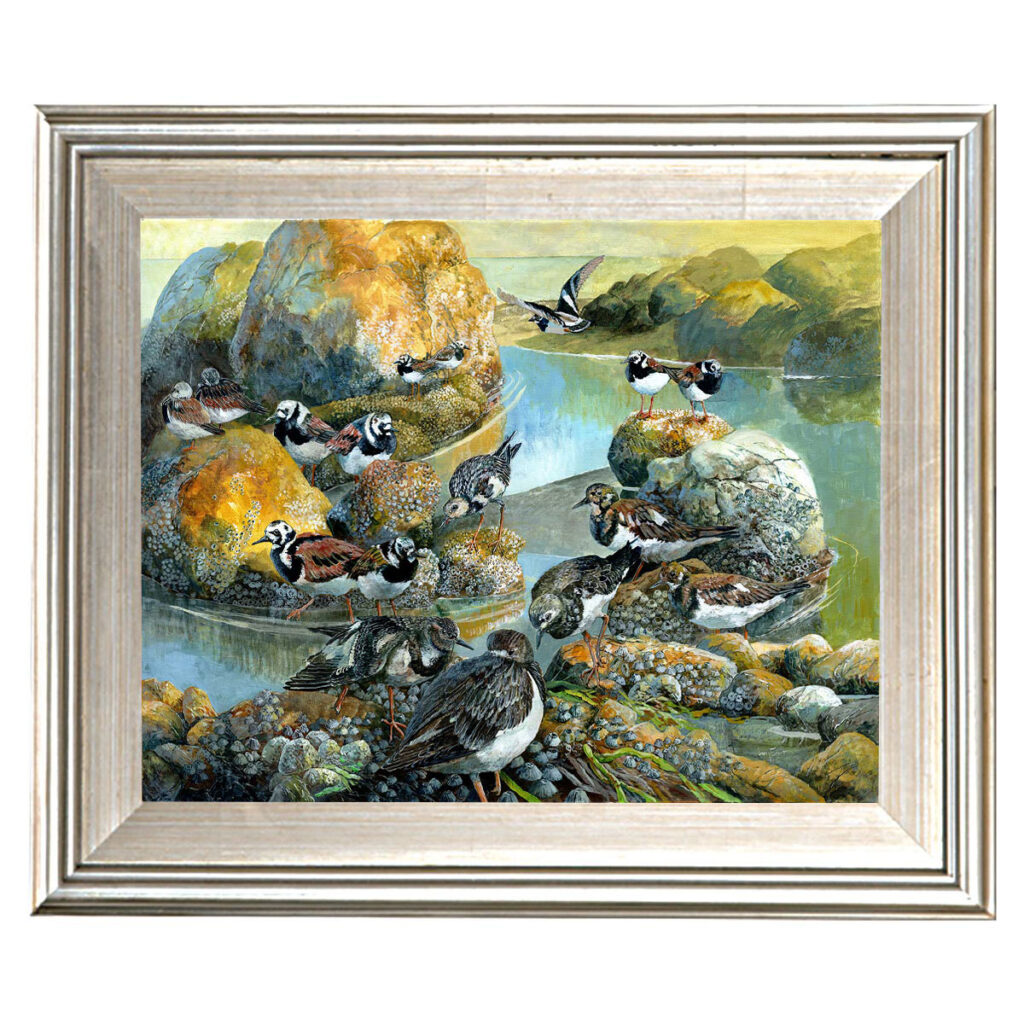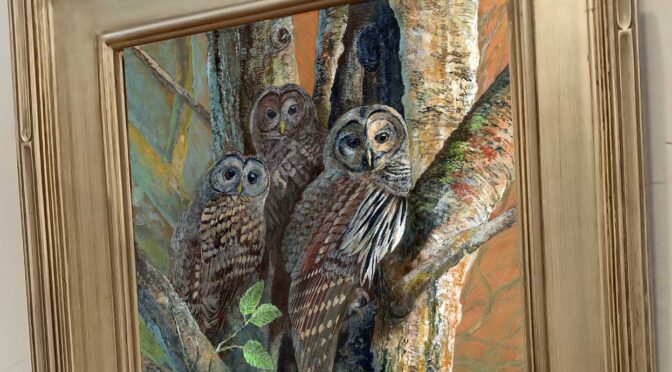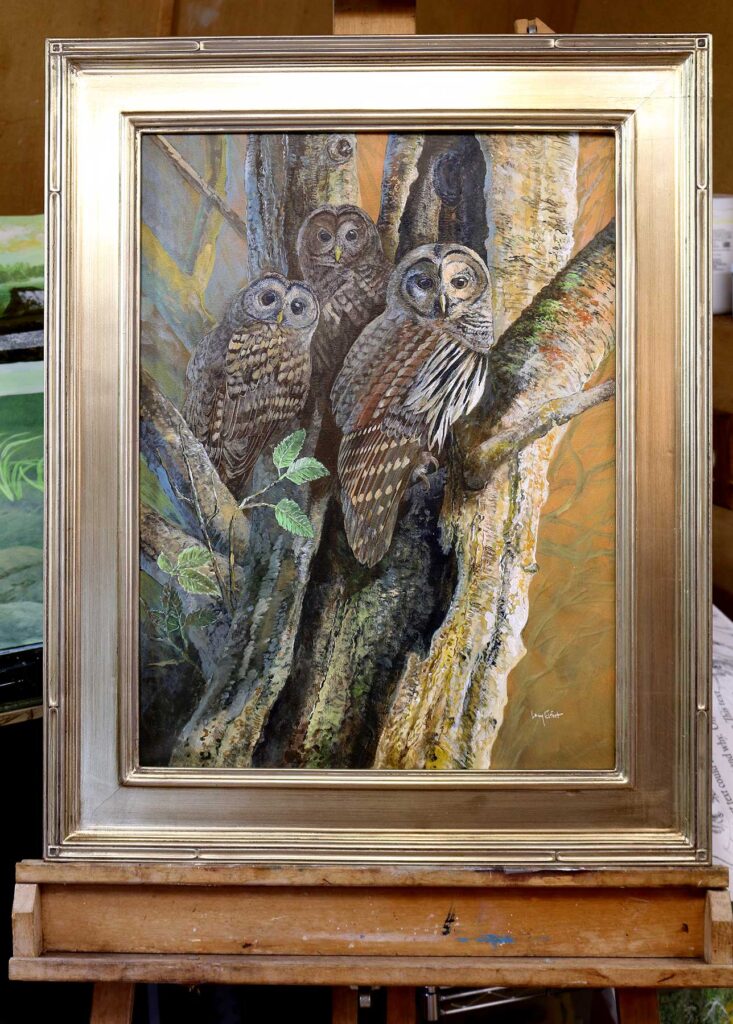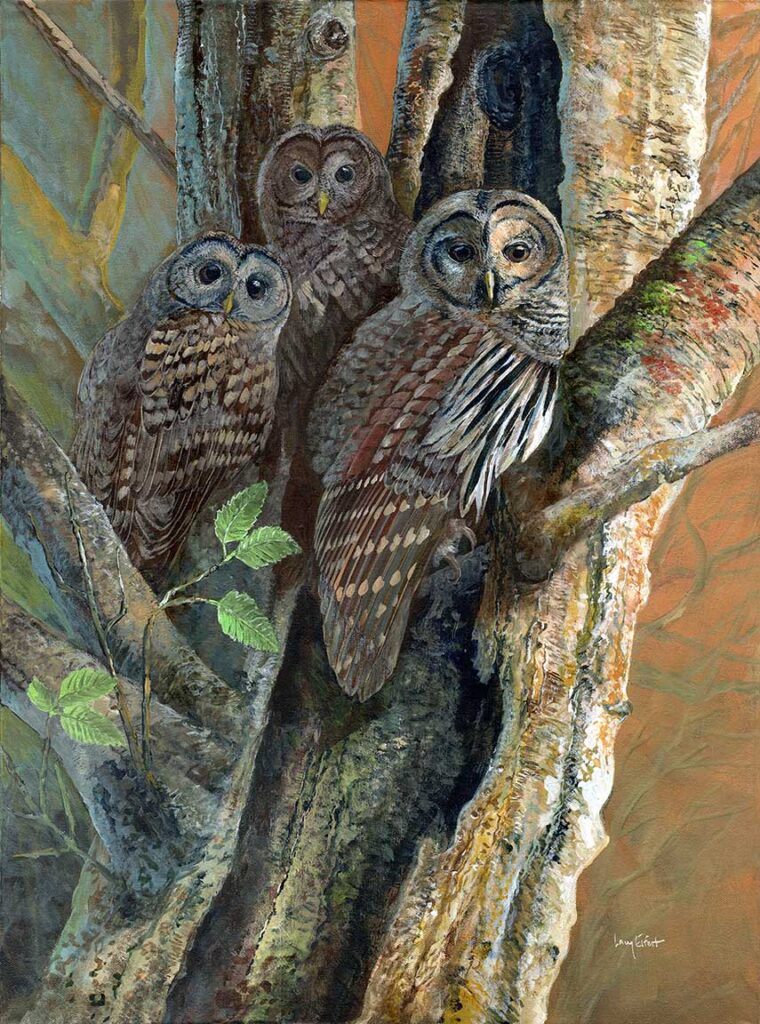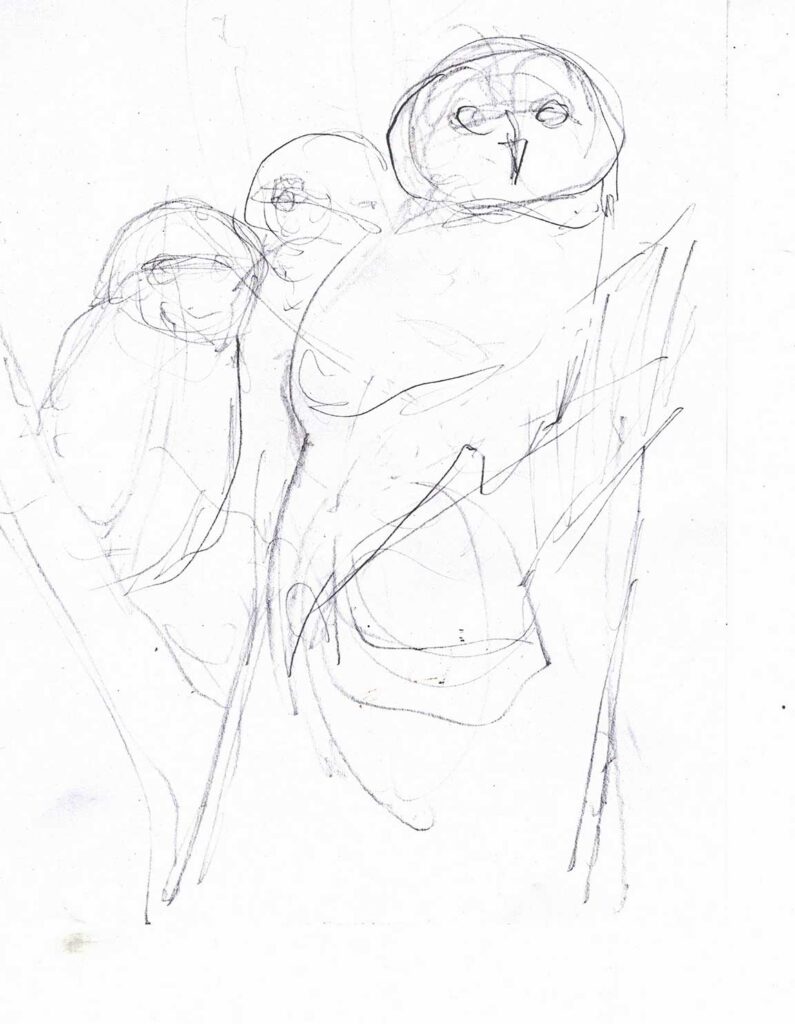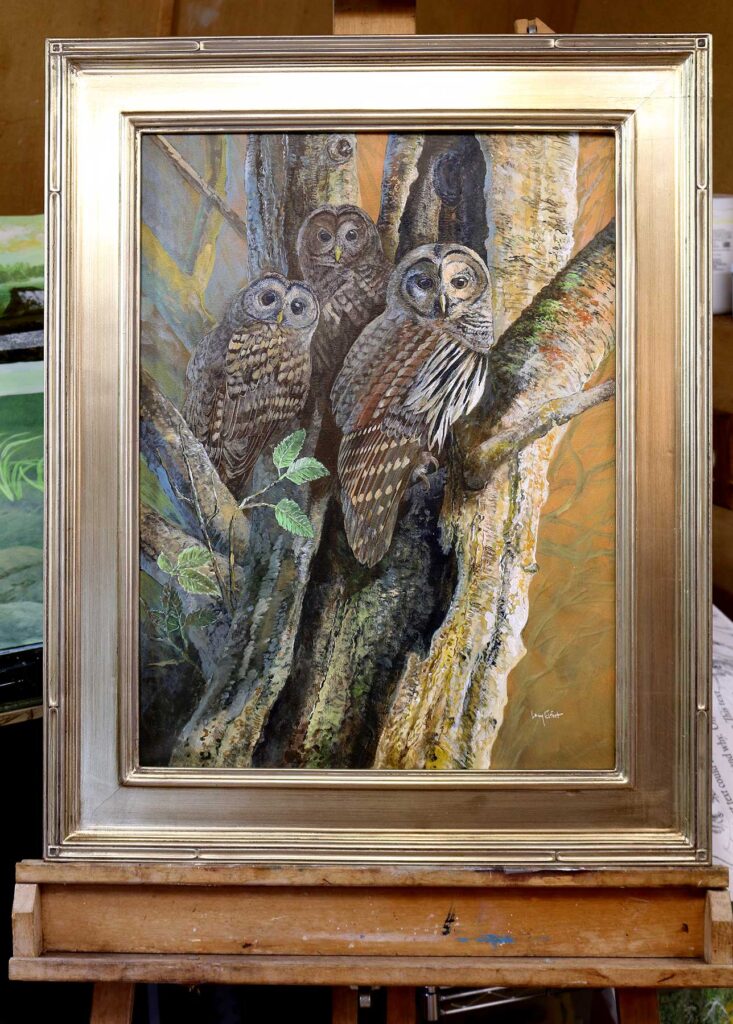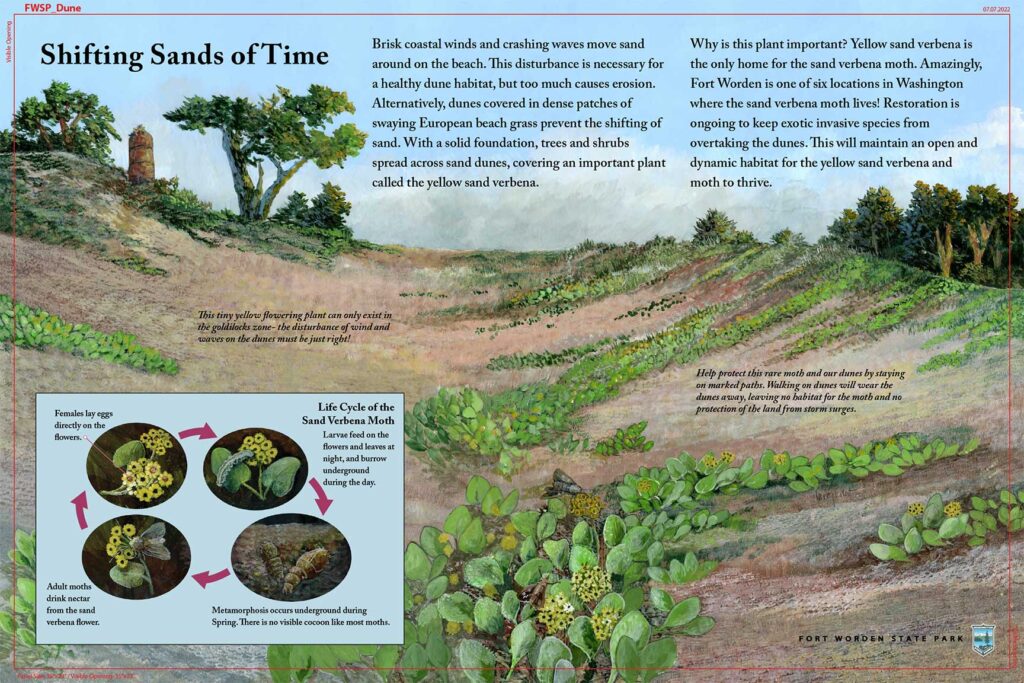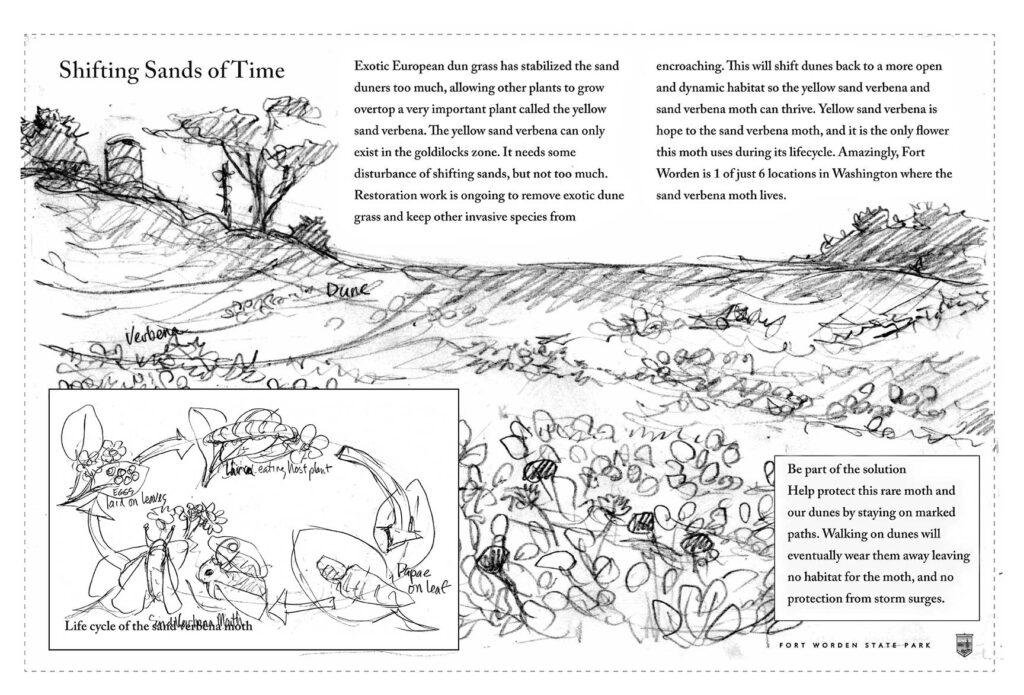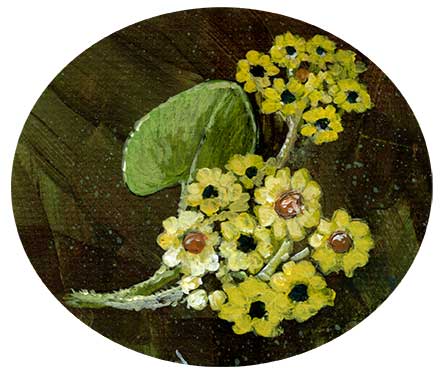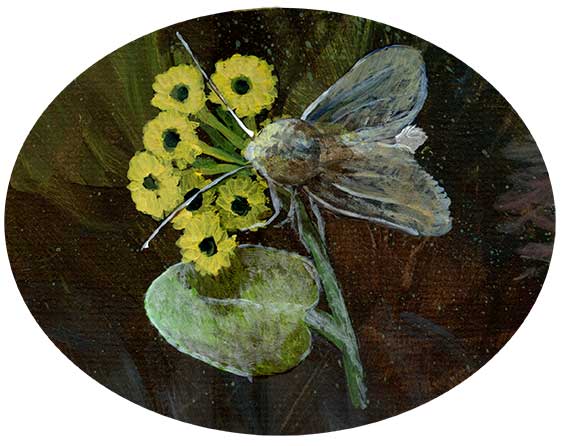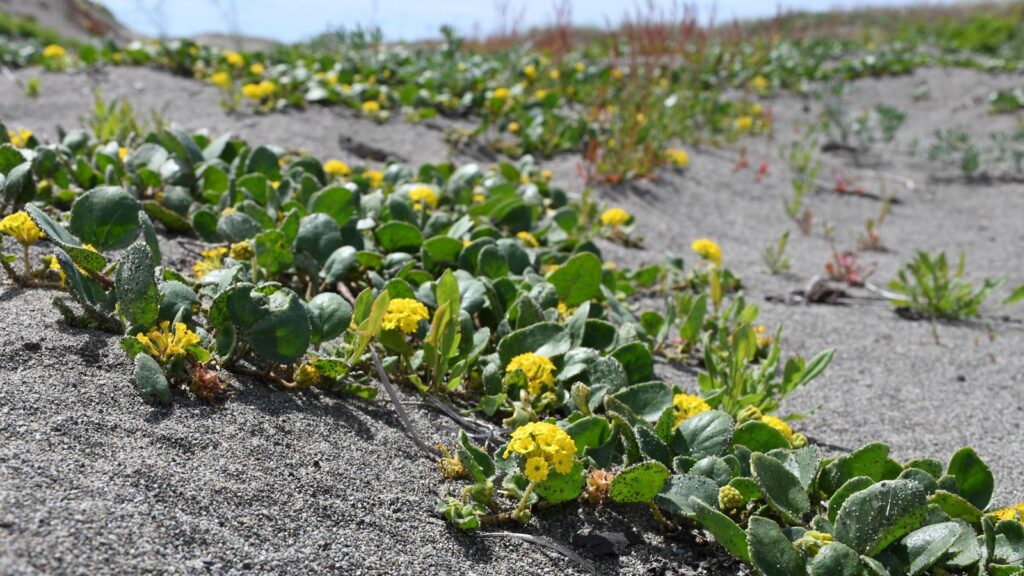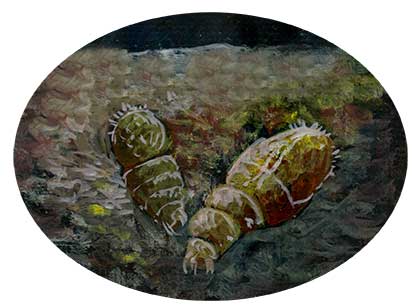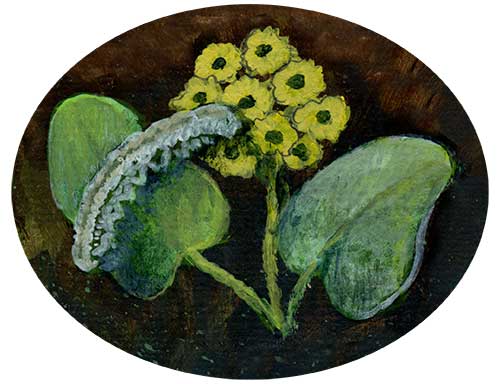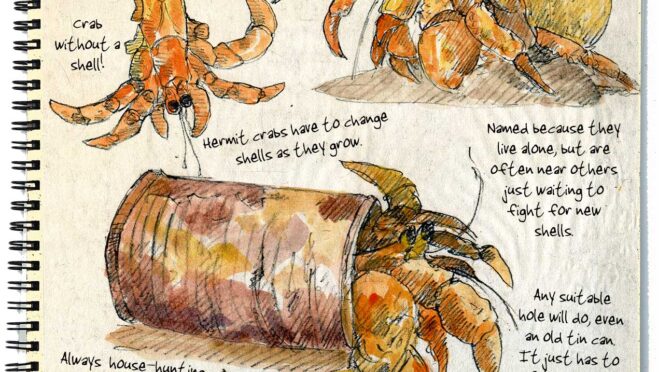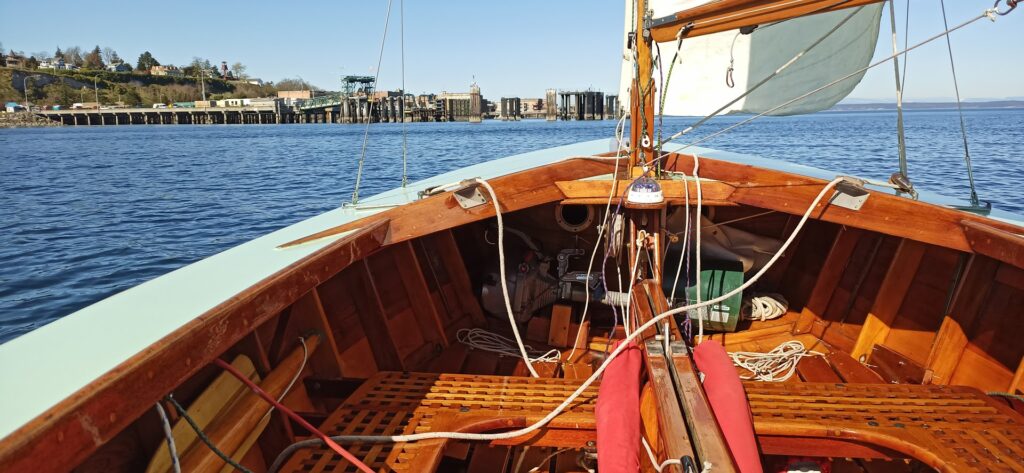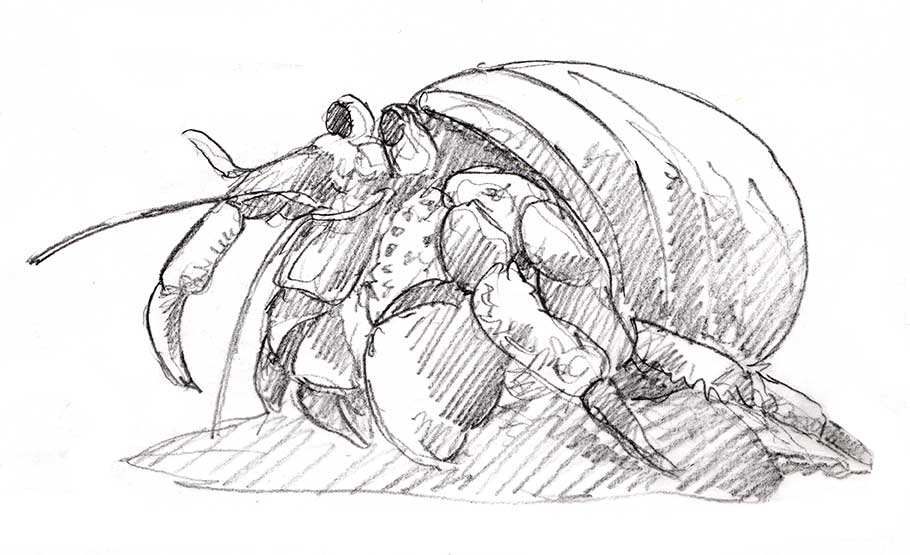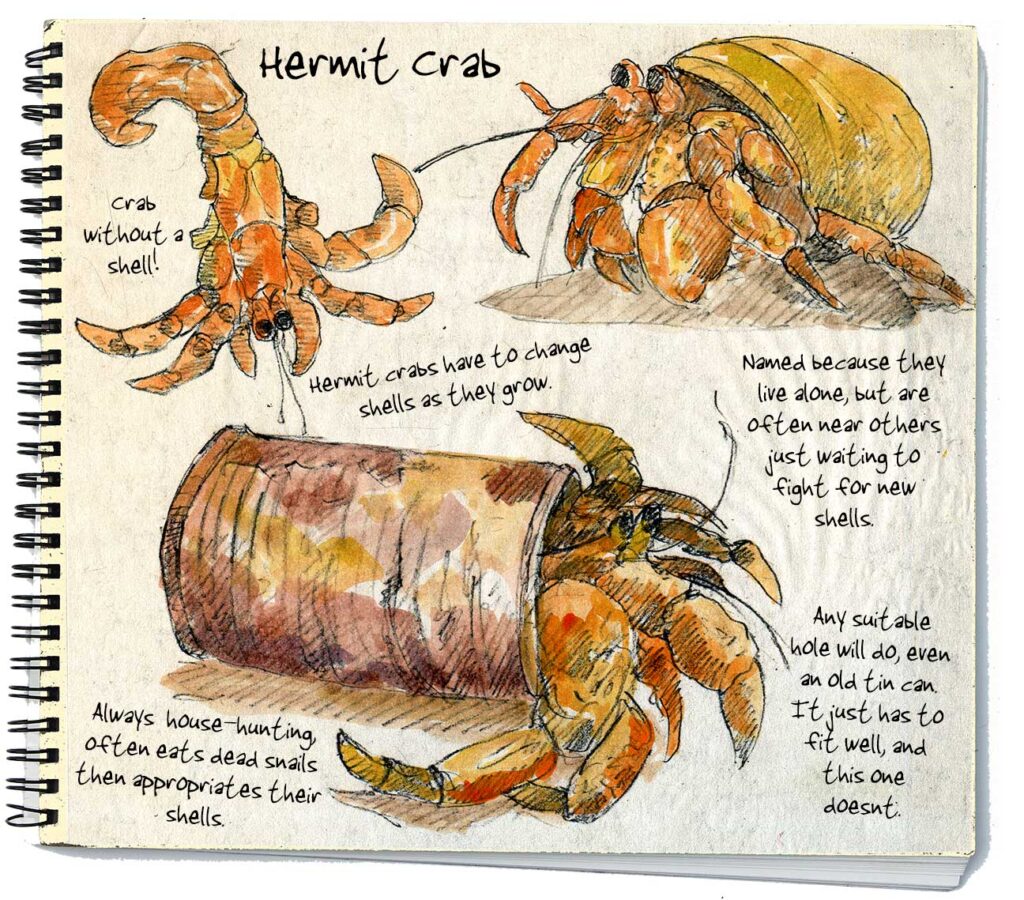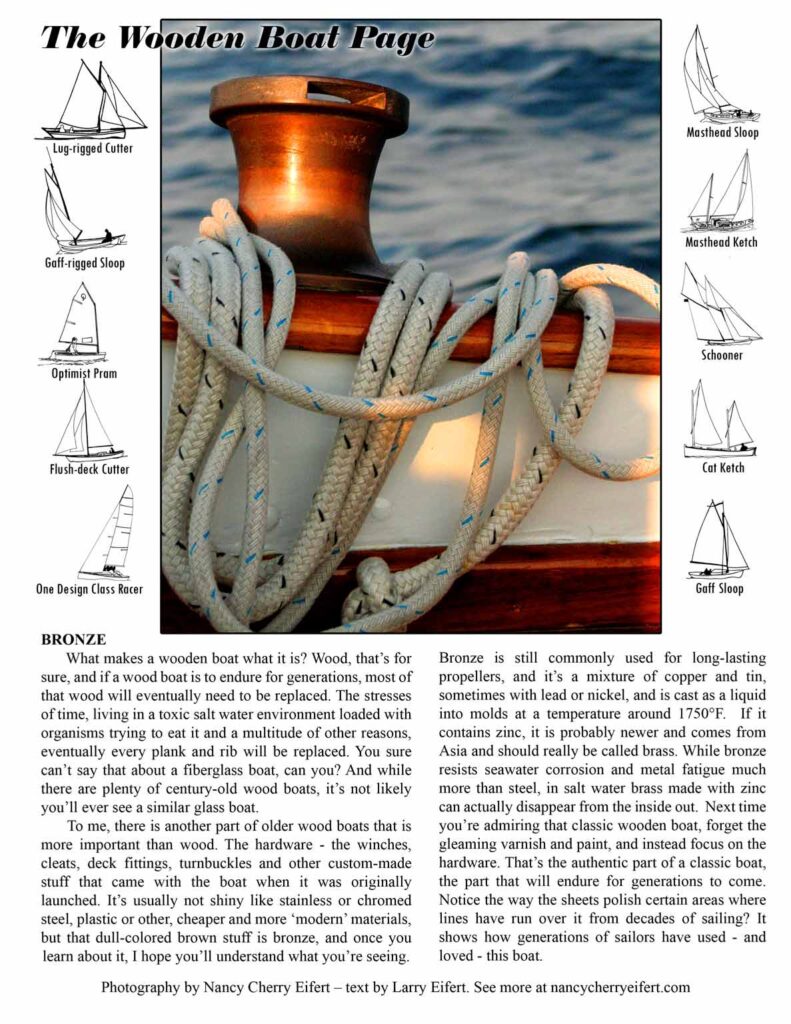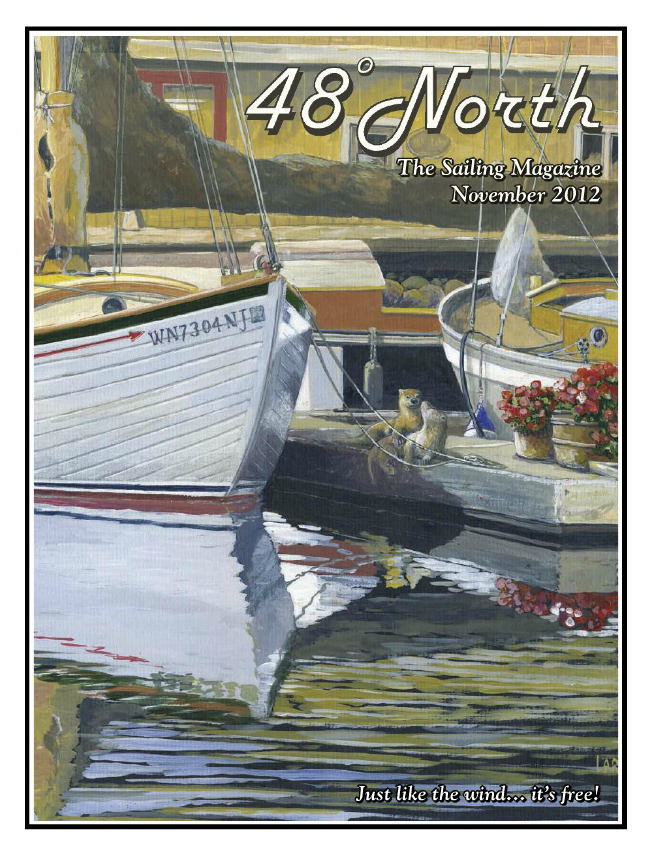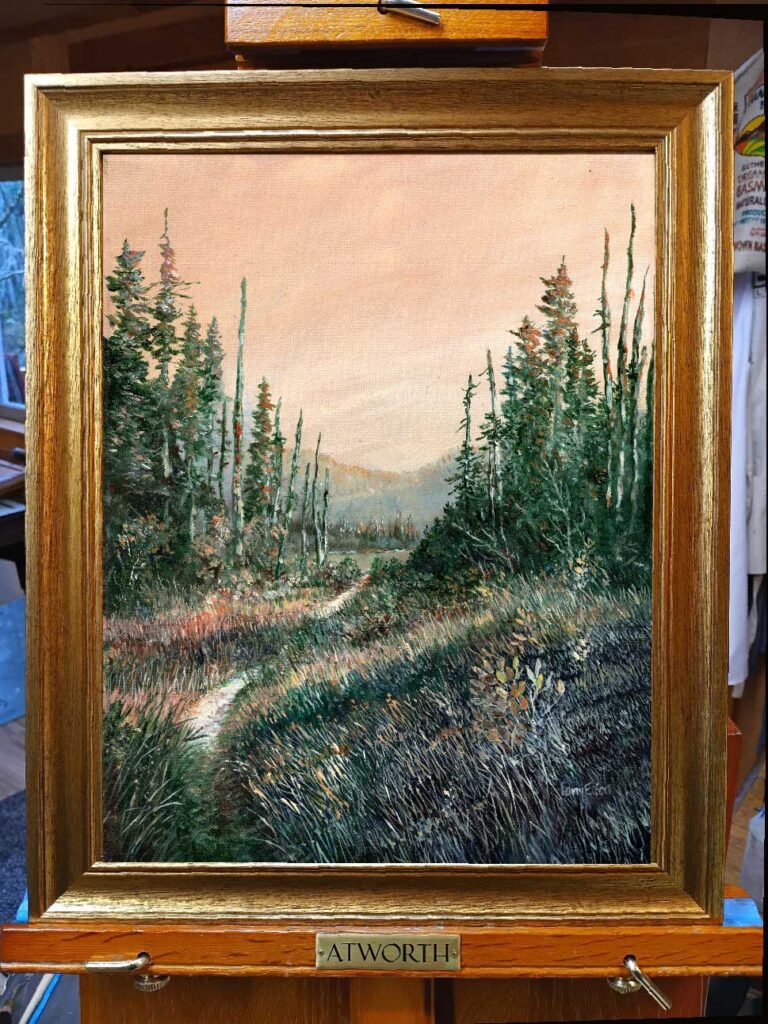
There’s a brief time during a hiking day (imagined) when the sun is almost down, the atmosphere seems overly warm and sort of glowing. I envision going down a trail and seeing a big meadow ahead. Anticipation of something that might be really meaningful.
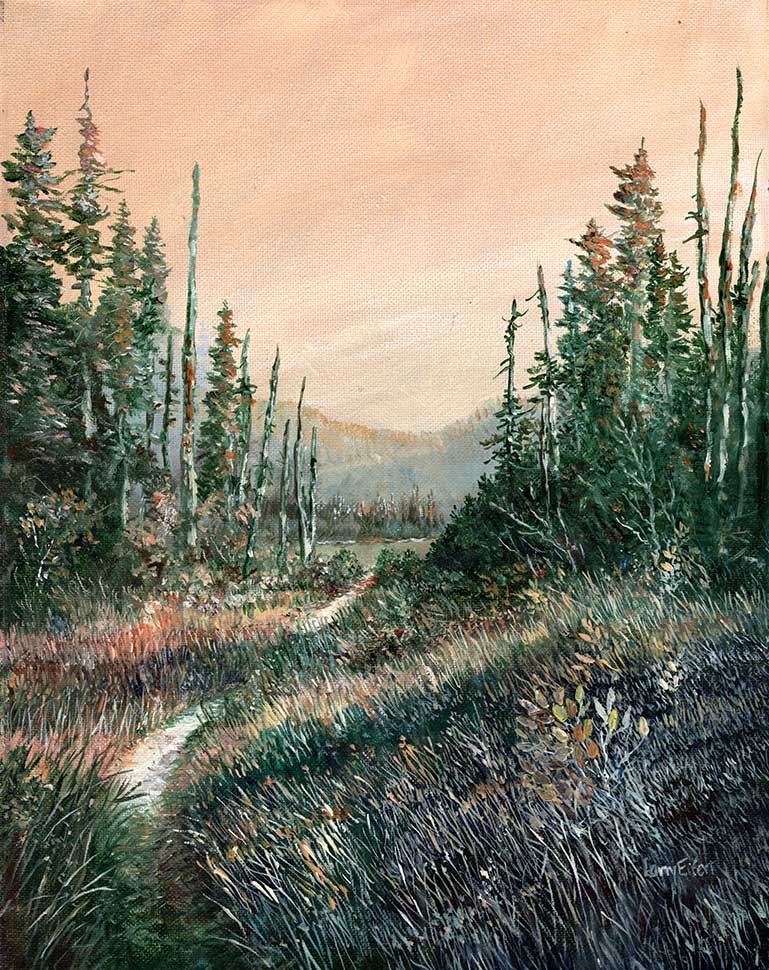
This is an 11″ x 14″ oil on stretched canvas. The gold frame as you see it makes the outside measurements about 14″ x 17″. It’s currently available from me for $275, frame included – Yup, no gallery upcharges. Shipping would be a bit more, depending on your distance from me. If you’re interested, please email me: larryeifert@gmail.com. Please see the little essay at the bottom.
I love that experience of the good experience about to happen and have tried to get that feeling here – and in almost all my ‘trail’ paintings in the past. These mostly come to me in winter, when I can’t go actually get here, can’t enjoy it as I would in the warmer days of summer.
When I paint these landscapes, especially ‘trail’ stories, I get lost in making them – it’s like I actually really am hiking along in a real place.
Below is a corner of our studio I’ve been using for these current batch of oil paintings. French easel, glass palette, maul stick – and a great view of the forest beyond. See that little ledge below the gold frame, the one with the Atworth logo on it? About every third brush stroke whacks that right end of it on the way back down to the palette for more paint. It gets more paint than the canvas.
Thanks for reading this week. You can sign up for emails for these posts on my website at larryeifert.com.
Larry Eifert
Here is my Esty site with both of our paintings and photography for sale.
Here’s my Facebook fan page. I post lots of other stuff there.
Click here to go to our main website and see my other original paintings currently for sale:
https://larryeifert.com/wordpress/current-originals-for-sale/
Nancy’s web portfolio of stunning photography and paintings.
And here to go to Virginia Eifert’s website.
Or Crater Lake Institute’s website which I also build – viewership of several million a month!
